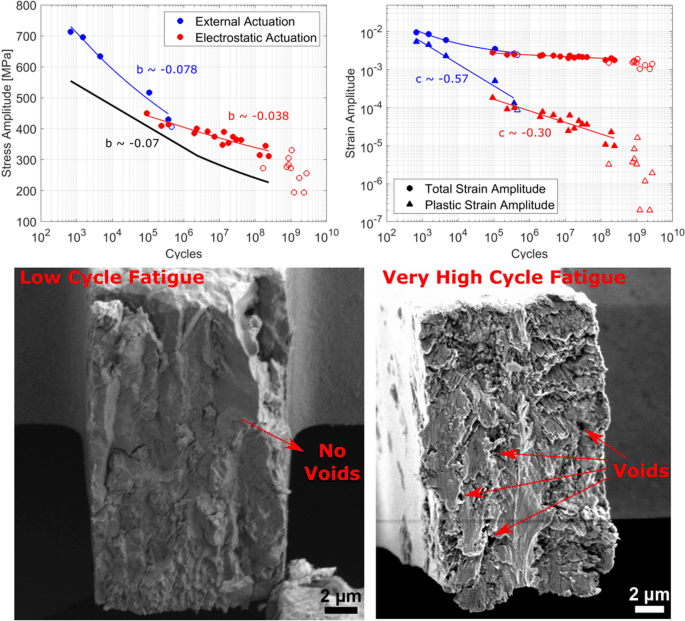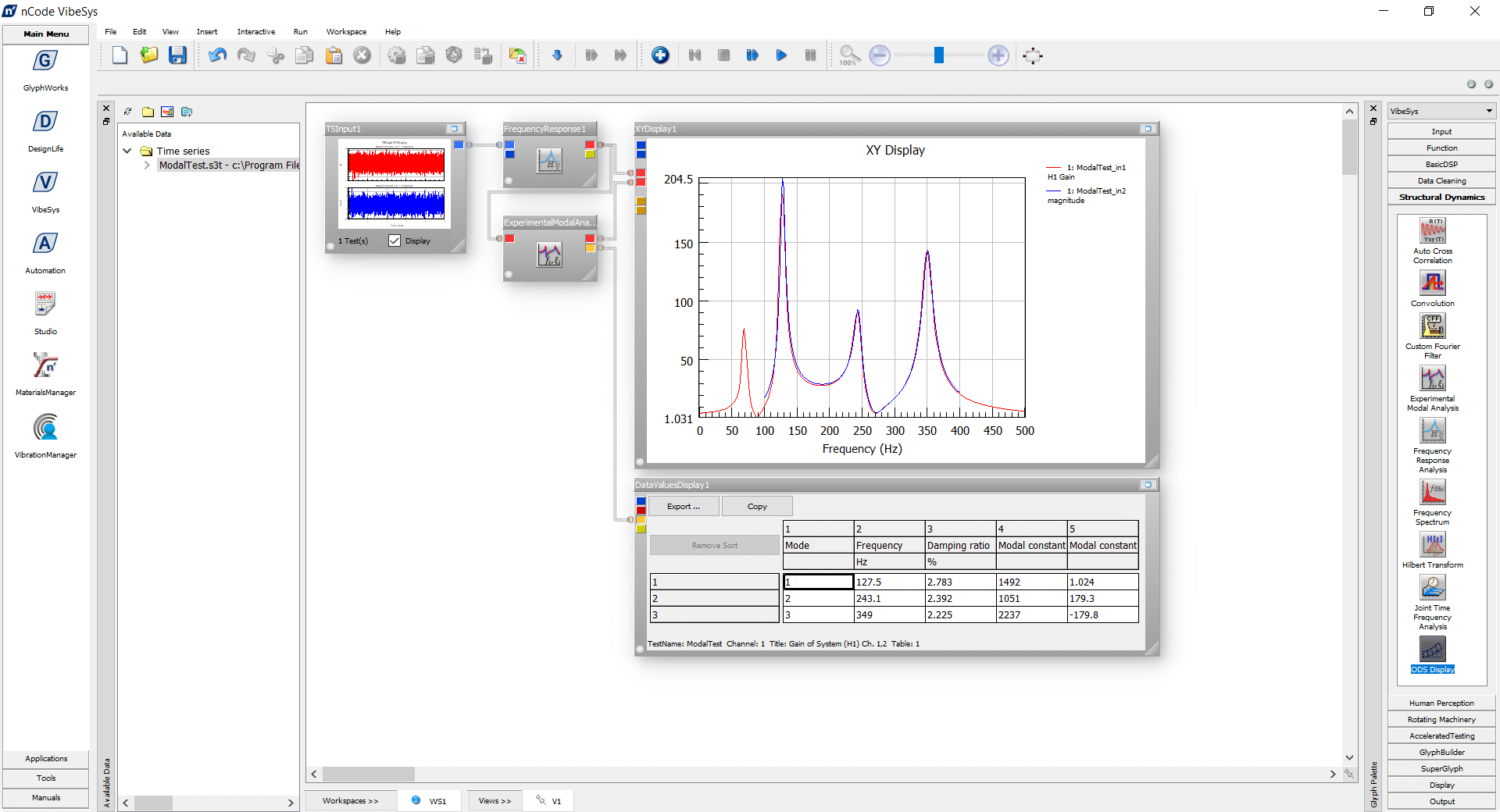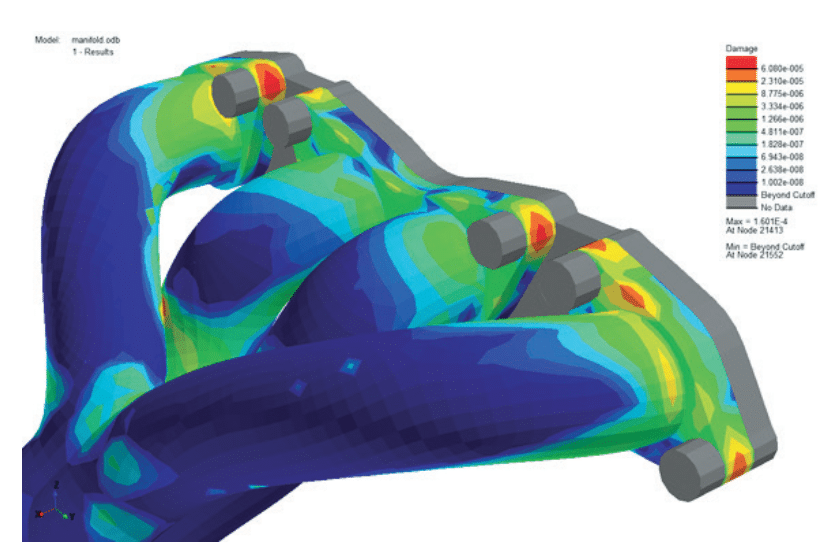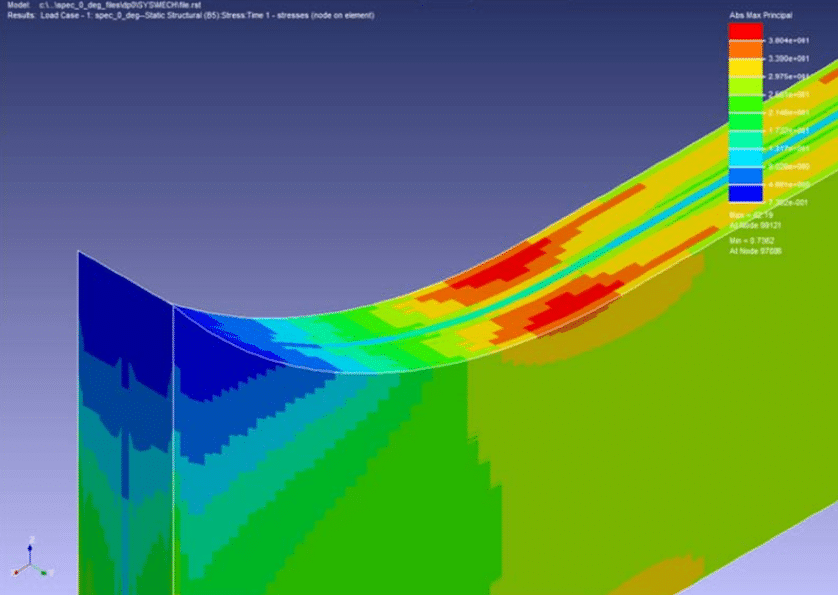Ansys nCode DesignLife: Stress & Strain Based Fatigue Life Prediction
Ansys nCode DesignLife works with Ansys Mechanical to reliably evaluate fatigue life. Using the results of finite element analysis (FEA) from Ansys Mechanical and Ansys LS-DYNA, it accumulates damage from repetitive loading to determine a product’s predicted life. The new user interface provides an end-to-end solution within an integrated workflow and single interface: Strain Life (EN), Stress Life (EN), Dang Van, Safety Factor, Seam Weld, Spot Weld, Vibration Fatigue, Thermo-Mechanical Fatigue, Adhesives Bonds.

Import the FEA Results from Ansys, Abaqus, LS-Dyna and other solvers
nCode DesignLife is a CAE-based fatigue analysis system that contains a comprehensive set of solvers and advanced methods for predicting structural durability from major finite element analysis (FEA) result files. It identifies critical locations and calculates realistic fatigue lives for both metals and composites. Design engineers can go beyond performing simplified stress analysis and avoid under- or over-designing products by simulating actual loading conditions to avoid costly design changes.
Stress-Life (SN) for high-cycle fatigue
The primary application of the Stress-Life (SN) method is high-cycle fatigue (long lives) where nominal stress controls the fatigue life. Includes the ability to interpolate multiple material data curves for factors such as mean stress or temperature. Further options are also provided to account for stress gradients and surface finishes. Python scripting is also available for defining custom fatigue methods and material models.
- Material models:
- Standard SN
- SN Mean multi-curve
- SN R-ratio multi-curve
- SN Haigh multi-curve
- SN temperature multi-curve
- Bastenaire SN
- Custom SN using Python scripting
- Stress combination methods or critical plane analysis
- Back calculation to target life
- Multiaxial assessment:
- Biaxial
- 3D Multiaxial
- Auto-correction

- Mean stress corrections:
- FKM Guidelines
- Goodman
- Gerber
- Walker
- Interpolate multiple curves
- Notch correction:
- Stress gradiant corrections
- FKM Guidelines
- User defined
- Critical distance
- Stress gradiant corrections
Strain-Life (EN) for low-cycle fatigue
The Strain-Life method is applicable to a wide range of problems including low-cycle fatigue with the local elastic-plastic strain controls the fatigue life. The standard EN method uses the Coffin-Manson-Basquin formula, defining the relationship between strain amplitude εª and the number of cycles to failure Nf. Material models can also be defined using general look-up curves. This enables the ability to interpolate multiple material data curves for factors such as mean stress or temperature.
- Material models:
- Standard EN
- EN mean multi-curve
- EN R-ratio multi-curve
- EN temperature multi-curve
- Gray Iron
- Strain combination methods or critical plane analysis
- Stress-strain tracking for accurate cycle positioning
- Back calculation to target life
- Multiaxial Damage models:
- Wang Brown
- Wang Brown with Mean
- Brown-Miller
- Brown-Miller with Mean
- Mean stress corrections:
- Walker
- Morrow
- Smith Watson Topper
- Interpolate multiple curves
- Plasticity corrections:
- Neuber
- Hoffman-Seeger
- Seeger-Heuler
- Multiaxial assessment:
- Biaxial
- 3D Multiaxial
- Auto-correction

Fatigue analysis of seam welds
DesignLife simplifies the process of setting up fatigue analysis of seam welds by intelligently identifying weld lines in an FE model. The Seam Weld option enables the fatigue analysis of seam welded joints including fillet, overlap, and laser welded joints. The method is based on the approach developed by Volvo (see also SAE paper 982311) and validated through years of use on vehicle chassis and body development projects.
- Uses stresses either from FE models (shell or solid elements) or stresses from grid point forces or displacements at the weld
- General material data for seam welds for both bending and tension conditions are supplied
- Appropriate for weld toe, root and throat failures
- Thick welds can be assessed using the stress integration method outlined in ASME Boiler & Pressure Vessel Code VIII (Division 2) standard
- Automated method to identify the weld locations from the solid FE model
- Corrections available for sheet thickness and mean stress effects.
- Structural stress at the weld toe, the hot-spot stress can be estimated by the extrapolation of the surface stress at points near the weld
- Supports BS7608 welding standard, together with required material curves
Fatigue analysis of spot welds in thin sheets
The Spot Weld option enables the fatigue analysis of spot welds in thin sheets. The approach is based on the LBF method (see SAE paper 950711) and is well-suited to vehicle structure applications.
- Spot welds are modeled by:
- Stiff beam elements (e.g., NASTRAN CBAR), as supported by many leading FE pre-processors
- Supports CWELD and ACM formulations using solid element representation
- Cross sectional forces and moments are used to calculate structural stress around the edge of the weld
- Life calculations are made around spot weld at multiple angle increments and the total life reported includes the worst case
- Python scripting enables modelling of other joining methods such as rivets or bolts

Frequency based fatigue analysis
The Vibration Fatigue option provides the capability to predict fatigue in the frequency domain and it is more realistic and efficient than time-domain analysis for applications with random loading such as wind and wave loads or where structures are excited by rotating machinery.
- Simulates vibration shaker tests driven by random PSD, swept-sine, sine-dwell, or sine-on-random loading.
- FE models are solved for frequency response or modal analysis. Vibration loading is defined in DesignLife and can include effect of multiple temperature and static offset load cases.
- Complete duty cycles can combine different vibration loading types and then with time-domain loads for more complex loadings.
- Multiple simultaneous frequency domain PSD loads can be applied including cross spectra to simulate real-world loading.
- Frequency domain inputs can be quickly and directly generated from time series data.
- Vibration fatigue can be used for stress-life, strain-life, seam weld, spot weld and short fibre composite analysis methods providing the most extensive frequency domain fatigue simulation capabilities commercially available.

High temperature fatigue and creep
The Thermo-Mechanical Fatigue (TMF) option provides solvers for high temperature fatigue and creep by using stress and temperature results from finite element simulations. Mechanical loads that vary at a different rate to the temperature variations can also be combined. Applications include components that are both mechanically and thermally loaded such as vehicle exhaust systems and manifolds.
High temperature fatigue methods:
- Chaboche
- ChabocheTransient
Creep analysis methods:
- Larson-Miller
- Chaboche creep

Stress-life fatigue of anisotropic materials
The Short Fibre Composite option uses stress-life fatigue calculations for anisotropic materials such as glass fibre filled thermoplastics. The stress tensor for each layer and section integration point through the thickness is read by DesignLife from FE results. The material orientation tensor describing the “fibre share” at each calculation point is provided by mapping a manufacturing simulation to the finite element model. This orientation tensor can be read from the FE-results file or supplied from an ASCII file.
Short Fibre Composite module features:
- Simulate complex loading scenarios using any time domain method (static or modal superposition, duty cycles, etc.)
- Simulate vibration tests driven by random (PSD), swept sine, sine dwell or sine-on-random loading
- Predict damage and life per layer and integration point
- Incorporate results of manufacturing simulation including fibre orientation tensors or residual stresses
- Model local fatigue properties based on microstructure (orientation tensor) and stress state
- Calculate fatigue based on principal stresses or critical plane — including stresses calculated from FE-Digimat and multiaxial stress states
- Choice of fatigue property model – SN curve interpolation or interface to Digimat
- Use of homogenized matrix or fibre stresses as well as typical composite ones

WE WORK WITH YOU
We pride ourselves on empowering each client to overcome the challenges of their most demanding projects.
Enteknograte offers a Virtual Engineering approach with FEA tools such as MSC Softwrae(Simufact, Digimat, Nastran, MSC APEX, Actran Acoustic solver), ABAQUS, Ansys, and LS-Dyna, encompassing the accurate prediction of in-service loads, the performance evaluation, and the integrity assessment including the influence of manufacturing the components.
Creep and Creep-Fatigue Interactions
Vibration Fatigue Finite Element Simulation: Time & Frequency Domain
Fatigue Analysis of Welded Structures Using the Finite Element Method
Finite Element Analysis of Durability and Fatigue Life
Elastomer Materials Fatigue Finite Element Analysis
Composites Fatigue Finite Element Simulation
Additive Manufacturing and 3D Printing
Thermal Stress and Fatigue Simulation: Coupled CFD and Finite Element Approach
Hydrodynamics CFD simulation, Coupled with FEA for FSI Analysis of Marine and offshore structures
Integrated Artificial Intelligence (AI) & Machine Learning - Deep Learning with CFD & FEA Simulation
Acoustics and Vibration: FEA and CFD for AeroAcoustics, VibroAcoustics and NVH Analysis
Heat Transfer and Thermal Analysis: Fluid-Structure Interaction with Coupled CFD and Finite Element Based Simulation
Multibody Dynamics
Finite Element Simulation of Crash Test and Crashworthiness with LS-Dyna, Abaqus and PAM-CRASH




